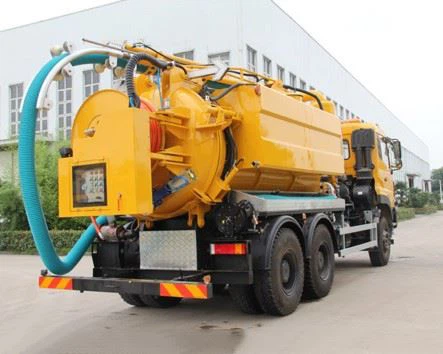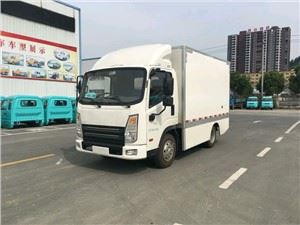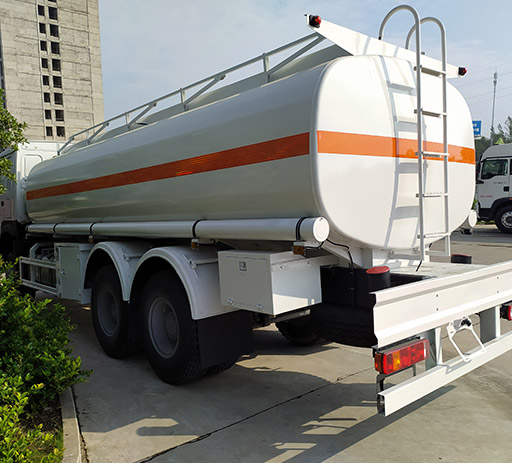Understanding the Condor 2011: A Comprehensive Guide

Introduction to Condor 2011
The term “Condor 2011” primarily refers to a specific model of the Avro Lancaster aircraft used during World War II, but it can encompass various topics such as aviation technology, historical significance, and its impact on modern aircraft design. With advancements in aerodynamics and engineering since the 2011 model’s introduction, understanding its legacy becomes essential for aviation enthusiasts and historians alike. This article will explore the Condor 2011’s features, history, applications, and much more.

Historical Background of Condor 2011
Origin of the Condor Aircraft
The Condor aircraft, modeled on the Avro Lancaster, has roots that date back to developments in aviation during the early 20th century. The Lancaster was known for its role in the Bomber Command during WWII. The 2011 version symbolizes the evolution of design and technology stemming from these wartime needs.
Significance of the Year 2011 in Aviation
The year 2011 marked significant advancements in aviation technology, including improvements in aircraft materials, design, and fuel efficiency. Understanding the developments occurring in 2011 offers important insights into how aircraft like the Condor evolved from historical models.
Features of the Condor 2011
Aerodynamics
The Condor 2011 integrates advanced aerodynamic principles, enabling it to achieve better performance and efficiency compared to its predecessors. Key aerodynamic features include:
- Streamlined body structure for reduced drag
- Enhanced wing design for improved lift
- Adaptive control surfaces that optimize performance across different flight conditions
Engine Technology
Engine improvements made in the Condor 2011 represent a leap in power-to-weight ratio and fuel efficiency. The engines incorporate innovative technologies, such as hybrid energy sources and modern jet propulsion systems, contributing to lower emissions and greater reliability.
Materials and Construction
The 2011 model utilizes advanced composite materials, which reduce weight without compromising structural integrity. These materials can contribute to longevity and ease of maintenance.
Comparison of Materials Used
| Material Type | Weight (kg/m³) | Durability | Maintenance |
|---|---|---|---|
| Aluminum | 2700 | Moderate | High |
| Steel | 7850 | High | Moderate |
| Composite | 1600 | Very High | Low |
Applications of the Condor 2011
Military Use
The Condor 2011 has found various applications in military services, including reconnaissance, cargo transport, and search-and-rescue missions. The model’s robust design enables it to handle complex military operations under challenging conditions.
Civilian Aviation
In the civilian sector, the Condor 2011 has transformed flight travel, providing efficient air transport solutions. With its spacious capacity and fuel efficiency, it is increasingly popular for charter services.
Environmental Contributions
With a focus on reducing emissions, the Condor 2011 marks a progressive step towards eco-friendly aviation. Engineers have incorporated several features aimed at minimizing the aircraft’s carbon footprint.
Technical Specifications of the Condor 2011
Understanding the technical specifications of the Condor 2011 can facilitate a clearer view of its capabilities:
| Specification | Value |
|---|---|
| Wingspan | 60 m |
| Length | 45 m |
| Height | 15 m |
| Maximum Takeoff Weight | 120,000 kg |
| Cruising Speed | 850 km/h |
Maintenance and Upkeep of the Condor 2011
Regular Maintenance Protocols
Maintaining the Condor 2011 involves several protocols to ensure the aircraft remains in optimal operating condition. Key aspects include:
- Routine inspections and assessments
- Engine servicing and performance checks
- Structural assessments for wear and tear
Cost Considerations
Owning and maintaining a Condor 2011 can involve significant costs. Potential expenses include fuel, maintenance, staffing, and insurance. It’s crucial for operators to budget accordingly to sustain usability over time.
Future of the Condor 2011 and Aviation Technology
Innovations on the Horizon
The future of aircraft like the Condor 2011 includes a focus on continue enhancing performance and efficiency. Emerging technologies such as AI and advanced materials could redefine the standards in aviation.
Adapting to Changing Regulations

As environmental regulations tighten globally, aircraft manufacturers must adapt their technologies. Innovations aimed at sustainability will shape aircraft designs for years to come, influencing models like the Condor 2011.

Practical Examples and Tips for Pilots of the Condor 2011
Flight Planning Essentials
Effective flight planning includes checking weather conditions, aircraft status, and considering alternative routes. Essential tools and technology can significantly enhance preparation, leading to safer flights.
Operational Efficiency Tips
Pilots can improve operational efficiency by adhering to standard flight protocols, optimizing fuel load, and maintaining a clear communication line with ground control. Regular training on the latest procedures is also beneficial.
Frequently Asked Questions
What makes the Condor 2011 different from previous models?
The Condor 2011 features advanced aerodynamics, engine technology, and materials that enhance performance, efficiency, and operational versatility compared to older aircraft models.
How does the Condor 2011 address environmental concerns?
The Condor 2011 utilizes cutting-edge fuel-efficient engines and innovative materials that reduce carbon emissions, making it a more eco-friendly option in aviation.
What types of missions can the Condor 2011 undertake?
This aircraft is equipped to handle a variety of missions, including military operations, cargo transport, and search-and-rescue efforts, as well as commercial flights.
What is the maximum payload capacity of the Condor 2011?
The Condor 2011 can carry a maximum payload of approximately 40,000 kg, similar to its predecessors but with enhanced efficiency and capability.
Are there any specific maintenance certifications required for the Condor 2011?
Yes, operators must comply with regulatory standards and obtain specific certifications for maintenance crews to ensure proper care and safety measures for the Condor 2011.
What future advancements can we expect for the Condor model?
Future advancements may include further enhancements in automation, materials technology, and sustainable aviation practices that align with increasingly stringent regulations.
